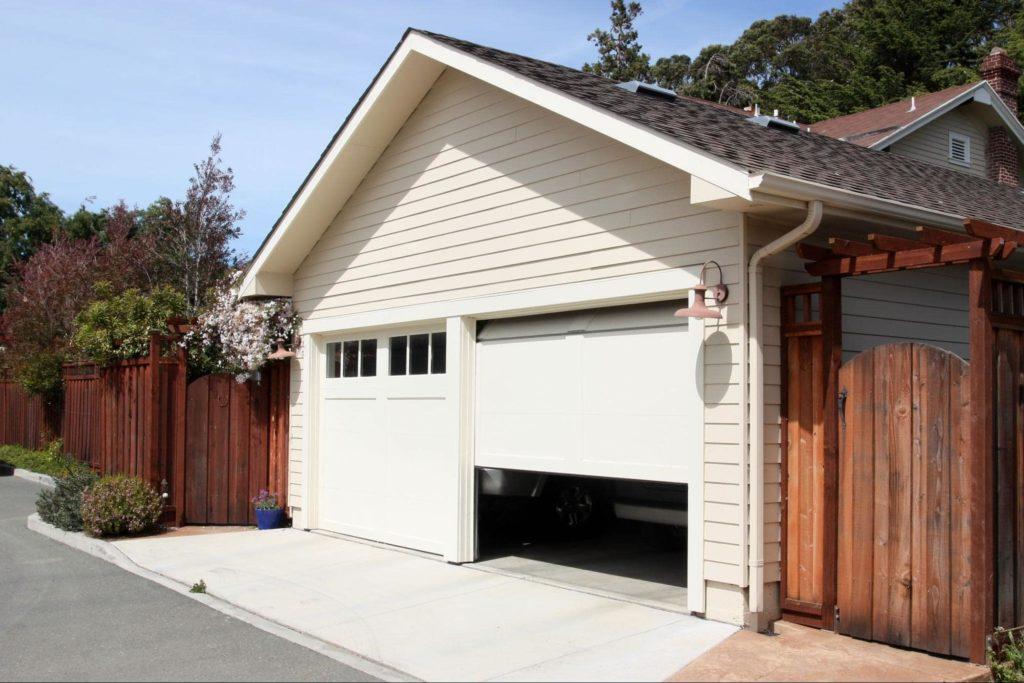Experiencing the frustration of your garage door opening after closing can be not only inconvenient but also concerning for the security of your home. This unexpected behavior may leave you wondering what could be causing it and how to resolve the issue effectively. In this comprehensive guide, we’ll delve into the common reasons why your garage door opens after closing and provide expert troubleshooting tips to help you address the problem promptly.

Understanding the Issue: Why Your Garage Door Opens After Closing
Before we explore solutions, let’s first understand some of the potential causes behind this perplexing problem:
- Misaligned Safety Sensors: Garage doors are equipped with safety sensors that detect obstructions in the door’s path. If these sensors are misaligned or obstructed themselves, they may incorrectly signal that there is an obstacle, causing the door to reverse and open after closing.
- Faulty Limit Settings: The limit settings on your garage door opener dictate how far the door should open and close. If these settings are incorrect or have been inadvertently adjusted, the door may fail to close fully, triggering it to open again after attempting to close.
- Interference with Remote Signals: Interference from nearby electronic devices or neighboring garage door openers can disrupt the signals sent by your remote control, leading to erratic behavior such as the door opening after closing.
- Worn-Out Components: Over time, various components of your garage door system, such as springs, cables, or rollers, may wear out or become damaged. These issues can affect the smooth operation of the door, potentially causing it to open unexpectedly.
Garage Door Opens After Closing: Troubleshooting Steps
Follow these troubleshooting steps to identify and address the issue of your garage door opening after closing:
Step 1: Check Safety Sensors
Inspect the safety sensors located near the bottom of the garage door tracks. Ensure that they are clean, properly aligned, and free from any obstructions such as dirt, debris, or spider webs. Adjust the sensors if necessary and test the door’s operation.
Step 2: Adjust Limit Settings
Access the control panel or settings menu of your garage door opener and review the limit settings. Ensure that the settings accurately reflect the height of your garage door and adjust them as needed to allow for proper closing without triggering the door to open again.
Read too: Mastering the Art of How to Open a Garage Door Safely and Efficiently
Step 3: Eliminate Signal Interference
Identify any potential sources of signal interference near your garage door opener, such as wireless routers, cordless phones, or other electronic devices. Move these devices away from the opener and test the door’s operation to see if interference was the cause of the issue.
Step 4: Inspect and Maintain Components
Inspect the various components of your garage door system, including springs, cables, rollers, and tracks, for signs of wear, damage, or misalignment. Replace any worn-out or damaged parts and lubricate moving components to ensure smooth operation.
Conclusion
Experiencing the problem of your garage door opening after closing can be frustrating, but with the right troubleshooting steps, you can identify and address the underlying issues effectively. By following the tips outlined in this guide, you can restore the proper function and security of your garage door, providing you with peace of mind and convenience.
Remember, if you’re unsure about performing repairs or adjustments yourself, it’s always best to consult a professional garage door technician. With their expertise and experience, they can diagnose the problem accurately and implement the necessary solutions to resolve the issue permanently.



Leave a Reply